Navigating the world of digital payments can feel complex, but sending an eCheck is a secure and efficient way to manage various financial transactions. As a landlord or real estate investor, mastering this method can streamline your bill payments and offer a clearer understanding of your financial flows.
This comprehensive guide will walk you through the process, providing essential insights into eCheck functionality, security, and best practices.
Key takeaways
- An eCheck is a digital version of a paper check, processed through the Automated Clearing House (ACH) network.
- You will need the recipient's bank name, account number, and routing number to send an eCheck.
- eChecks offer cost-effectiveness and enhanced security features compared to traditional paper checks.
- Processing times typically range from 3-5 business days after initial verification.
- Landlords can significantly benefit from eChecks for managing expenses and receiving rent digitally.
What is an eCheck?
An eCheck, or electronic check, is a digital payment method that draws funds directly from a payer's bank account and deposits them into a payee's bank account. This process mirrors a traditional paper check, but it occurs entirely electronically, leveraging the Automated Clearing House (ACH) network. Instead of a physical signature, a digital authorization validates the transaction.
Understanding the underlying technology, what is ACH banking, is crucial to grasp how eChecks operate. The ACH network facilitates these transfers, making eChecks a common form of Electronic Funds Transfer (EFT). Unlike writing a paper check, there is no physical document to lose or misplace, enhancing security and speed.
Benefits of sending an eCheck for payers and payees
Sending an eCheck offers numerous advantages, making it an increasingly popular choice for individuals and businesses alike. These benefits span across cost-effectiveness, convenience, and enhanced security, especially for recurring payments. Industry analysts predict a 40% worldwide fall in cash use, signaling a broader shift towards digital payment preferences.
eChecks typically offer lower transaction fees compared to credit card processing, which can be particularly beneficial for businesses operating on tight profit margins. The average fee for an eCheck transaction ranges from $0.30 to $1.50, often making it a more economical choice. When you consider the comparison of ACH vs check, eChecks eliminate the costs associated with printing, postage, and manual processing of paper checks.
The convenience factor is substantial, as eChecks can be initiated from anywhere with an internet connection. This eliminates the need for physical checks, envelopes, or trips to the post office. While not instant, eChecks are generally faster than mailing a paper check, with funds verified within 24 to 48 hours and cleared within three to five business days.
Security is a paramount concern for any financial transaction, and eChecks incorporate several features to protect both payer and payee. They are typically verified by the ACH network, which authenticates customer information and encrypts data for enhanced security. Furthermore, eChecks require timestamped digital signatures, which helps to prevent fraud.
For landlords, eChecks are ideal for managing regular expenses such as mortgage payments, utility bills, or vendor services. They also form a critical component of modern automated rent collection systems, ensuring consistent and timely income. Landlords can also offer flexible rent collection options through eCheck-enabled platforms, adapting to tenant needs while maintaining efficient financial operations. An integrated rent payment system that incorporates eChecks can provide greater financial clarity and control for your rental business.
Essential information you need to send an eCheck
To successfully send an eCheck, accuracy in gathering recipient information is paramount. Just like writing a paper check, you need specific details to ensure the funds reach the correct destination. Any errors can lead to delays or bounced payments.
You will need the recipient's full legal name or business name, exactly as it appears on their bank account. This ensures proper identification within the banking system. The recipient's bank name is also required to direct the payment to the correct financial institution.
Crucially, you must have the recipient's bank account number, which uniquely identifies their specific account. Finally, the recipient's ACH routing number is a nine-digit code that identifies their bank within the ACH network. These three pieces of information—bank name, account number, and routing number—are the digital keys to a successful eCheck transaction.
Step-by-step guide: How to send an eCheck
Sending an eCheck is a straightforward process when you follow a clear sequence of steps. This guide will help you navigate the process, ensuring your payments are made accurately and securely.
Step 1: Verify recipient’s acceptance of eChecks
Before initiating any payment, confirm that the person or business you intend to pay accepts eChecks. While increasingly common, not all entities are set up to receive them, especially smaller vendors or individual payees. A quick phone call or check of their payment options can save you time and prevent complications.
Step 2: Choose your platform
Several platforms allow you to send eChecks, each with slightly different interfaces but similar core requirements. Your options generally include your online banking bill pay service, dedicated third-party payment services, or integrated accounting software solutions. Some advanced platforms facilitate a quick process, making it feel like you can "send echeck online instantly" even though there's an underlying processing period.
Many landlords choose to send ACH payment online for various expenses, including utilities, repairs, or property taxes. Utilizing such services, sometimes referred to as ACH payables, can streamline your outgoing payments significantly. Baselane Banking, for instance, offers a comprehensive solution for managing your rental property finances, enabling you to send and receive payments with ease.
Step 3: Gather recipient's banking details
Once you have chosen your platform, collect the necessary banking information from your recipient. This includes their bank name, account number, and routing number. Double-check these details for accuracy, as even a single digit error can cause the eCheck to bounce.
Step 4: Initiate the payment
Log in to your chosen platform and navigate to the section for sending payments or electronic checks. You will typically find an option to "send an echeck to someone" or "pay bills via eChecks." Follow the prompts to begin a new transaction.
Step 5: Enter payment information
Input the payment amount and the desired payment date. Many platforms allow you to add a memo or note, which is useful for specifying what the payment covers, such as "December Rent" or "Plumbing Repair." This detail is critical for good record-keeping.
Step 6: Authorize the transaction
You will be prompted to authorize the transaction, often through a digital signature, a checkbox, or a security code. For businesses and landlords, implementing dual authorization can add an extra layer of security and oversight for outgoing funds. This requires two individuals to approve a transaction before it is processed.
Step 7: Confirm and monitor
After authorizing, you will receive a confirmation message or email detailing your eCheck transaction. It is wise to save this confirmation for your records. Monitor your bank account statement over the next few business days to ensure the eCheck clears succe
eCheck processing times and costs
Understanding the typical processing times and potential costs associated with eChecks helps you manage expectations and cash flow effectively. While eChecks are electronic, they are not instantaneous like some other digital payment methods.
How long does it take for an eCheck to clear?
eCheck processing involves a multi-day cycle through the ACH network. Generally, the funds are verified within 24 to 48 hours after initiation. However, the complete clearing process, where funds are officially moved from the payer's account to the payee's, typically takes three to five business days. This means that attempts to "send echeck online instantly no verification" are often met with standard processing times necessary for security checks.
Do eChecks process on weekends or holidays?
The ACH network generally operates on business days. If you send an eCheck on a weekend or a public holiday, its processing will usually begin on the next available business day (PaySimple). It is important to factor this into your payment scheduling, especially for time-sensitive obligations.
What happens if an eCheck bounces?
An eCheck can bounce if there are insufficient funds in the payer's account or if incorrect banking information was provided. When an eCheck bounces, the funds are returned to the sender, and both the sender and recipient may incur fees. This is similar to a traditional paper check bouncing.
How much does it cost to send an eCheck?
The cost of sending an eCheck can vary depending on the platform you use. For payers, sending an eCheck is often offered with "no monthly fees" or "free to sign up" services, making it a cost-effective choice. The average fee for the payee typically ranges from $0.30 to $1.50 per eCheck transaction (PaySimple). Some services advertise the ability to "send echeck for free," meaning the payer incurs no direct cost, though the payee might absorb a small fee.
eCheck Security: Risks and best practices for beginners
eChecks are generally considered a secure method of payment, leveraging the robust infrastructure of the ACH network. However, like any financial transaction, they are not entirely immune to risks. Being aware of potential pitfalls and implementing best practices can significantly enhance your eCheck security.
The ACH network authenticates customer information and encrypts data, providing a strong foundation for secure transfers. Additionally, eChecks require timestamped digital signatures, which helps to deter and detect fraudulent activities. The rapid growth of biometric authentication, such as face and fingerprint ID, is further reducing fraud and friction in payments across the industry.
Despite these safeguards, eCheck scams are possible. E-commerce scammers, for example, might use fake or stolen bank account information to initiate eCheck transactions, leading to unauthorized withdrawals from victims' accounts. Therefore, it is crucial to protect your banking information diligently and never share sensitive details with unverified sources. Always use secure, encrypted websites when entering banking data, and be wary of unsolicited requests for this information.
To verify the legitimacy of a payee or payment request, independently confirm their identity through a trusted channel, rather than relying solely on the information provided in the payment request itself. For landlords, utilizing a secure landlord bank account specifically for rental income and expenses adds another layer of financial separation and security.
Echecks in the modern payment Landscape: Trends and alternatives
The payment landscape is constantly evolving, with digital methods gaining increasing prominence over traditional options. Understanding where eChecks fit within this ecosystem and knowing viable alternatives is crucial for effective financial management. Over one-third of US adults did not write a single check in the past year, with younger generations using checks least frequently. This trend highlights the growing preference for digital solutions.
An eCheck is a specific type of Electronic Funds Transfer (EFT) that utilizes the ACH network. EFT is a broad term encompassing any transfer of funds from one account to another electronically. The ACH network is the primary system for processing these bulk, non-instantaneous transfers in the U.S.
While eChecks offer many advantages, alternative payment methods may be more suitable depending on the situation. Zelle, for instance, provides instant person-to-person (P2P) transfers, making it ideal for immediate payments between individuals. Wire transfers offer rapid settlement, often within hours, but come with higher fees and are typically reserved for large, urgent transactions. Credit cards provide purchase protection and rewards but incur higher processing fees for the payee.
For landlords, managing various digital payment methods is becoming a norm. Platforms that streamline the process of receiving payments, sometimes referred to as ACH receivables, are invaluable. While eChecks are effective for scheduled payments, other options like email rent transfers are also gaining traction. Baselane Banking allows landlords to create unlimited accounts for each property, simplifying the management of incoming and outgoing funds.
Many landlords find it beneficial to explore options like a bank account with multiple cards to better track expenses. Evaluating if multiple bank accounts are good or bad for your specific investment strategy can help optimize your financial setup. Properly setting up multiple bank accounts for rentals helps in segregating funds for different properties, including managing multiple security deposits.
Beyond rent, eChecks are also useful for paying for specialized software, such as property tax management software or HOA accounting software. Real estate flippers might also use eChecks to pay contractors or suppliers, making integrated financial platforms with eCheck capabilities essential, as highlighted in guides for the best accounting software for real estate flippers. Using property management rent collection software often incorporates eChecks for streamlined tenant payments. For tenants looking for flexibility, split rent payments apps are also emerging. The use of mobile banking apps daily by 34% of consumers underscores the shift towards digital convenience.
Conclusion
Sending an eCheck offers a reliable, cost-effective, and secure method for managing your financial obligations, whether you are paying personal bills or operating a rental property business. By understanding the step-by-step process, recognizing the essential information required, and being aware of security best practices, you can confidently "send eChecks" for various needs. The shift towards digital payments, with eChecks playing a significant role, offers convenience and efficiency previously unavailable.
As a landlord, integrating eCheck capabilities into your financial management strategy can save you time and provide greater clarity. Baselane offers a banking platform that streamlines your rental property finances, enabling easy payment processing and comprehensive bookkeeping. Take back time and gain clarity by exploring Baselane's solutions to simplify your property management today.
FAQs
Can an eCheck be sent through email?
No, an eCheck cannot be directly sent through email as an attachment or file. Sending an eCheck involves securely entering banking information into a trusted online payment platform or banking portal. Email is primarily used to send payment requests or notifications, not the eCheck itself.
Is Zelle considered an eCheck?
Zelle is not considered an eCheck. While both use electronic transfers between bank accounts, Zelle facilitates instant person-to-person (P2P) payments. eChecks typically involve the ACH network for a multi-day clearing process and are often used for business-to-business or business-to-consumer transactions.
How to cancel an eCheck?
Canceling an eCheck depends on its processing stage. If the payment has not yet been processed by the ACH network, you might be able to cancel it through your payment platform. Once processing begins, cancellation is generally not possible, and you would need to contact the recipient or your bank for a reversal.
.jpg)





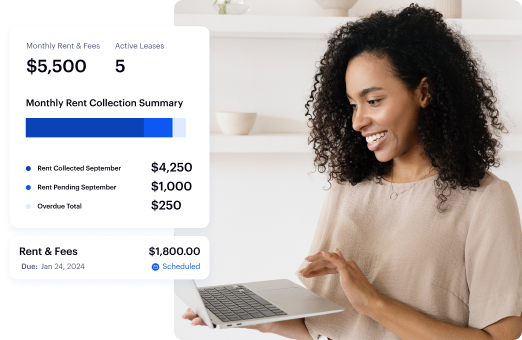
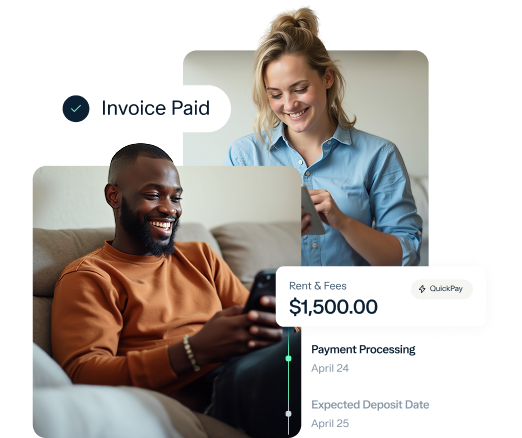
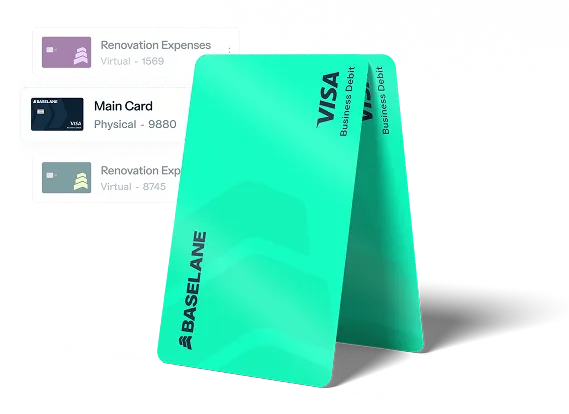


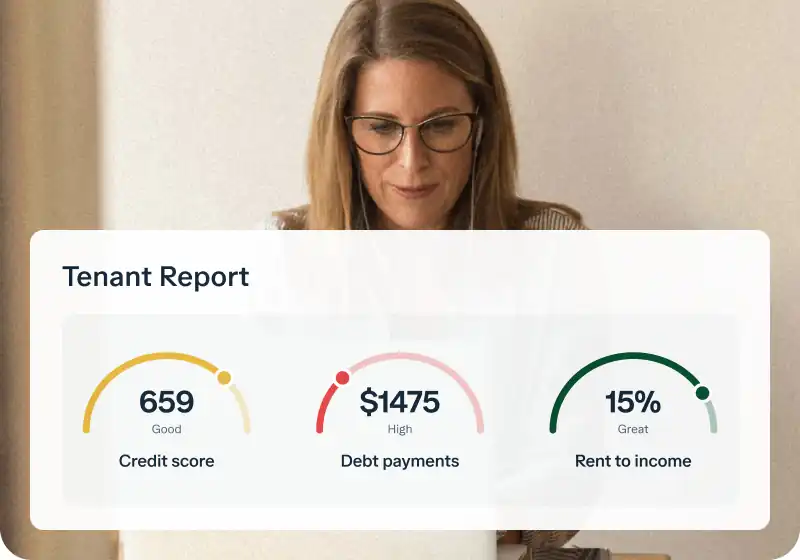


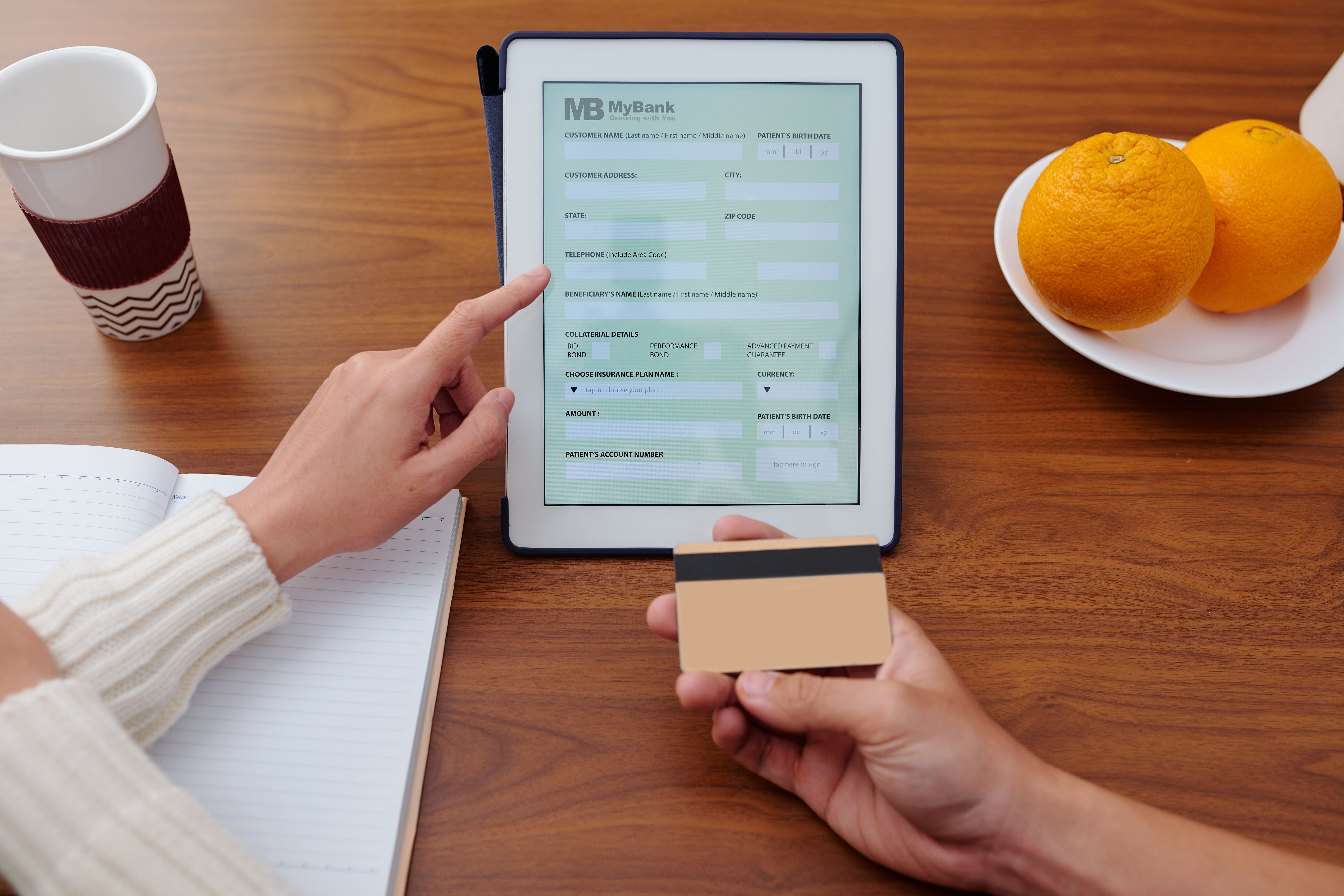
.webp)
